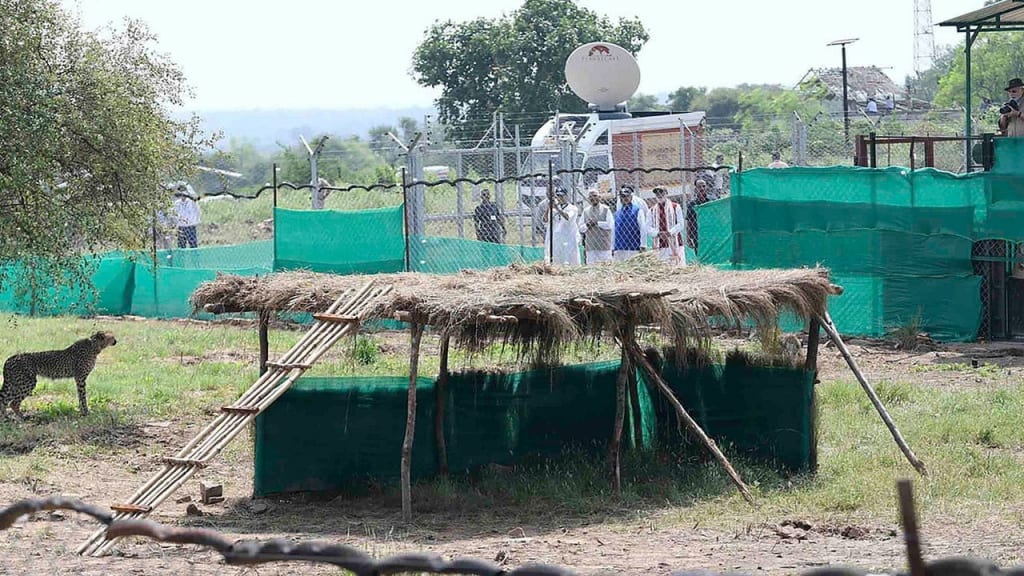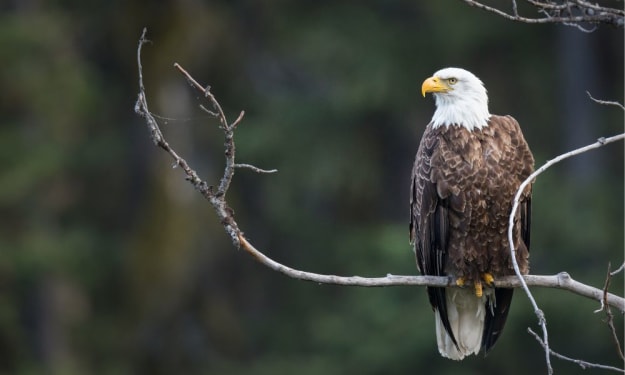Cheetah Deaths Raise Concerns Over Indian Conservation Project
Challenges and Controversies Surrounding India's Cheetah Conservation Project: Examining the Road Ahead.

A conservation project in India, aimed at reintroducing cheetahs into the country, has faced growing criticism following the death of eight cheetahs within the past ten months. The most recent fatality occurred in Kuno National Park, where veterinarians from South Africa, closely involved with the project, attributed the death to an infestation under the cheetah's radio collar, resulting from humid and wet weather conditions in central India.
Despite the evidence presented by the veterinary experts, the Indian government has dismissed claims that the radio collar infections are causing the cheetah deaths, dismissing them as "speculation and hearsay." The demise of five adult cheetahs and three cubs earlier this year has been linked to maggot wounds, dehydration, infighting, and kidney disease. Recently, another adult cheetah was found dead, likely due to a similar infestation. As a precautionary measure, local forest authorities are attempting to tranquilize the remaining cheetahs to assess their health status.
Critics of the project have voiced their concerns, highlighting a lack of consultation with international cheetah experts and other specialists. The removal of Professor Y.V. Jhala, the Indian scientist who devised the reintroduction program, in February further exacerbated the situation. The subsequent lack of communication between experts and officials delayed the diagnosis and potentially put other cheetahs at risk.
Despite claims from the Indian government of regular consultation with international experts, the project's controversies persist. Even before the cheetahs' arrival on Prime Minister Narendra Modi's birthday in September of the previous year, wildlife experts questioned the viability of their survival in India. As deaths occurred and cheetahs ventured outside the national park, only to be repeatedly tranquilized and brought back, concerns grew.
The conservation policies in India, particularly those related to grasslands, have been deemed "inadequate" by experts. While several laws protect charismatic species like tigers and elephants, the same level of protection is not extended to grasslands and the species dependent on these ecosystems. The attention and funds devoted to the cheetah reintroduction project could be redirected to other endangered species, such as the Great Indian Bustard, black buck, Indian antelope, chinkara, lesser florican, and others that rely on Indian grasslands for survival.
The national park selected for the cheetah reintroduction was initially intended as a relocation site for lions from India's Gir forest in Gujarat state. The Asiatic lion species, now restricted to Gujarat, faces threats ranging from disease to climate extremes, putting it at risk of extinction. The decision to introduce African cheetahs to Kuno before addressing the lion relocation issue was deemed arbitrary and illegal by India's top court in April 2013.
While some experts remain optimistic about the cheetah project, emphasizing that a certain number of deaths are to be expected, others stress the need for improvement in active management to ensure the project's success. With less than 7,000 adult cheetahs remaining in the wild, inhabiting less than 9% of their original range, conservation efforts are crucial.
Vincent van der Merwe, manager of the Cheetah Metapopulation Initiative, revealed the long-term goal of establishing a cheetah population of at least 500 in India by sending up to a dozen animals annually from South Africa. However, this endeavor requires the preparation of at least 4,000 square kilometers of suitable habitat, significantly more than the current area of Kuno National Park, which is 748 square kilometers.
As the cheetah conservation project faces challenges and concerns, experts stress the importance of learning from past experiences to prevent further losses. By improving active management, engaging with international experts, and addressing grassland conservation, India can enhance its efforts to protect and reintroduce endangered species, ensuring a sustainable and thriving ecosystem for the future.
About the Creator
Enjoyed the story? Support the Creator.
Subscribe for free to receive all their stories in your feed. You could also pledge your support or give them a one-off tip, letting them know you appreciate their work.





Comments
There are no comments for this story
Be the first to respond and start the conversation.